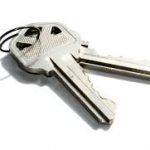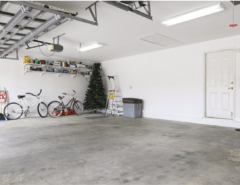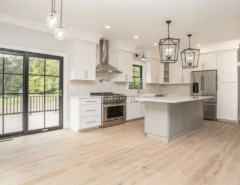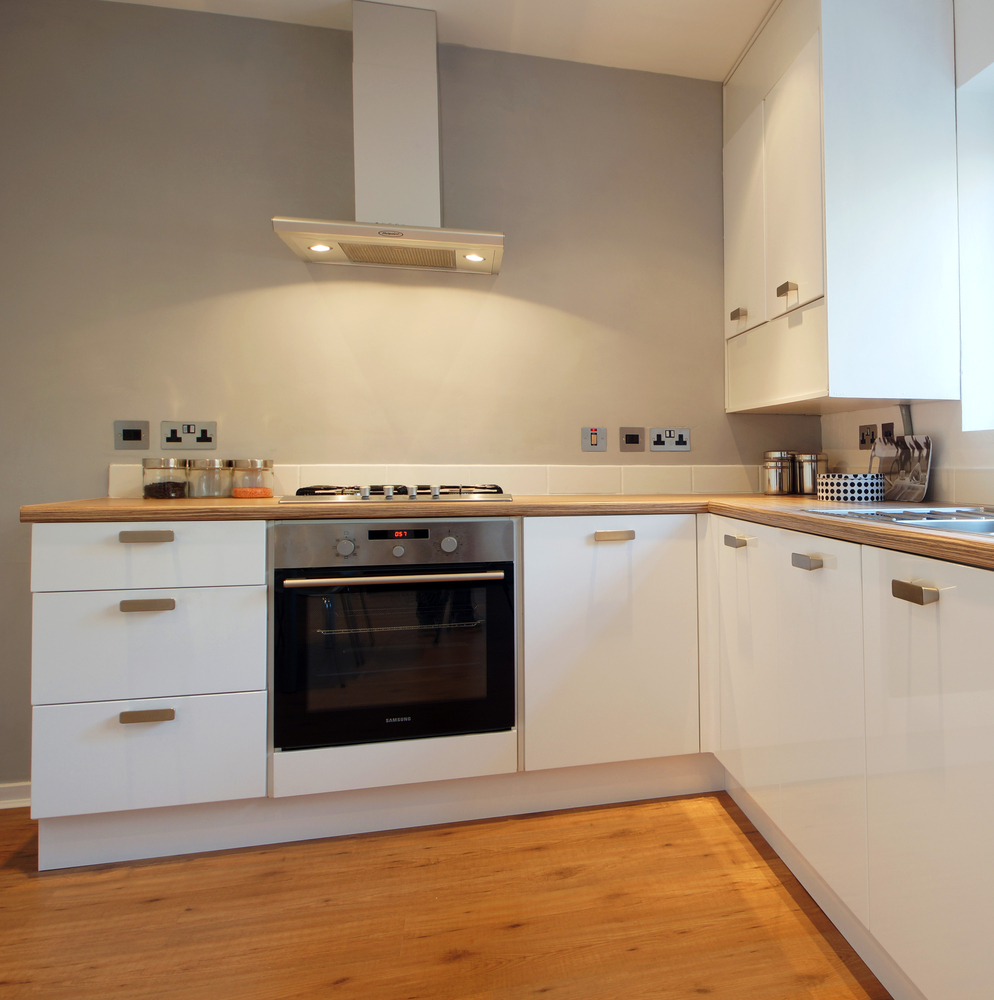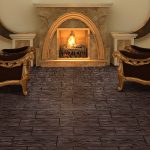If you have hardwood, engineered wooden flooring, or wood laminate floors in your home, you might notice some unusual sounds coming from them. Discover the three most common annoying floor sounds you might hear in your home and what they mean.

3 Annoying Floor Sounds
1. Squeaky Floor Boards
Squeaking is one of the most prevalent complaints homeowners have about wood floors. There are several factors that can make your floors squeak, including seasonal changes in humidity levels and installation issues.
Although you know what fluctuating humidity levels can do to your skin and your general comfort, you might not realize they can also have an impact on your floors. Whether you have hardwood, laminate, or engineered wood floors, humidity can cause your floors to squeak. Ideally, you’d like the humidity in your house to stay between 35 and 55 percent. If it drops below 35 percent, your floors will lose moisture and occasionally squeak.

On the other hand, if the moisture in your home gets above 55 percent, your floors will start to swell and you’ll have the same annoying sound. If you’re having issues keeping the humidity level in your home within the acceptable range, a dehumidifier will lower the humidity, and a humidifier will increase the moisture in the air.
If the humidity level inside your home is within the ideal range and you’re still hearing a squeaking noise from your floor, it could be because you have issues with your subfloor. This is why it’s important to test the subfloor for squeaks before installing the wood floor on top. If you notice any squeaking in the subfloor, you can apply nails or screws to the subfloor to silence it. If your wood floor is already down, this might mean you have to pull up the section that squeaks to repair the subfloor, and then put down a new section of flooring.
2. Floors That Make a Popping Sound
Sometimes you might walk across your floors and hear a popping or creaking noise. While this doesn’t mean your floors are defective, there are various reasons it can occur. If your floors are nailed down to the subfloor, the popping noise could be coming from the nails. The sound happens when a plank becomes loose and the nail rubs against the subfloor. If you have access to your floors from underneath, driving screws into the loose planks will usually solve the problem.
However, if the floor planks were installed before they had a chance to acclimate to the house or without a moisture barrier, the problem is more serious. In this case, sometimes the only solution is a full or a partial replacement of the floor.

If you’re gluing your hardwood floor to concrete, it’s crucial to make sure the subfloor is level before starting the project. An uneven subfloor can create gaps and voids that will let the floor planks rub against each other and make creaking noises. If your floor has already been glued down and you’re hearing these noises, you might be able to silence them by finding a small hole in the plank directly over the empty space and injecting epoxy into it.
Unfortunately, this solution won’t work for large voids. If the empty space is too large or the epoxy doesn’t fix the noises you’re hearing, you’ll have to remove the boards that are popping or creaking, level the subfloor, and then lay new boards down.
3. Hollow Sound When You Walk Across Boards
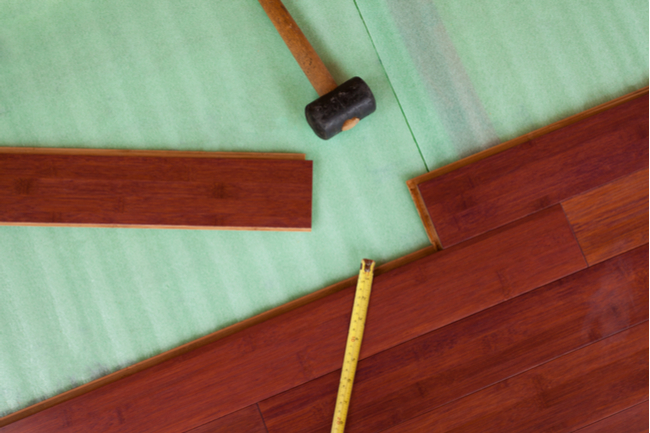
Even though most people think laminate floors are the only type that deals with a hollow sound when you walk across them, solid wood and engineered wood floors can also have this issue. If you install these floors using the floating method, you’ll want to make sure you use an underlayment before you begin. This is because the floating method doesn’t actually attach to the subfloor, and the small gap between the wood floor and the subfloor causes that distinct hollow sound.
However, installing an underlayment will deaden the hollow noise and make it feel softer when you’re walking on the wood floor. There are several floor sound insulation types available s underlayment. Foam is the most common and the least expensive option. Since foam has limited sound-dampening capabilities, it’s best used on the ground floor of your home. Additionally, it’s also best where moisture can’t rise from the subfloor. If moisture is possible, you’ll want to install a moisture barrier with the foam underlayment.
FloorMuffler is another option you have available for your underlayment that you can use on any type of floating installation. While this specialized brand is more expensive than foam, it also offers several advantages. If your wood floors will come in contact with more moisture than normal, FloorMuffler is one of the best options for your underlayment because it’s mold and mildew resistant. Additionally, when compared to foam, it’s much better at covering up holes, which means it’s one of the best options for reducing sound.

Solid cork is the most expensive option for underlayment. However, you’ll also enjoy several advantages if you choose this material. First, cork is a renewable resource, so if you’re looking for an eco-friendly option, this is your best choice. Additionally, cork is naturally good at resisting moisture and excellent at muffling sounds. Finally, if you use cork under a laminate floor, it can help to give the laminate a feeling similar to hardwood.
Floor Sound Insulation
For floating hardwood flooring, underlayment is the most effective floor soundproofing material. BuildDirect’s underlay products are the most technologically advanced sound blocker available for hardwood. This sound absorbing flooring will efficiently reduce footfall impact noise, thereby reducing the annoying sounds that you hear. Order your sound absorbing flooring materials from as little as $0.10 /sq ft.
You can also consider a different type of installation method to prevent hollow-sounding floors. With the glue-down installation method, you’ll apply a strong adhesive directly to the subfloor, and the wood floor is then installed on top of this adhesive.
Since this doesn’t allow a small air gap between the wood floor and the subfloor, this option eliminates that hollow sound, and it makes engineered wood feel and sound like real hardwood. If you want to go with this option, just keep in mind that any glue that seeps through the seams must be cleaned up immediately, and it can have an odor.
Whether your floors are squeaking, popping, or they sound hollow, you now know the causes behind these annoying sounds and what you can do to fix them.



